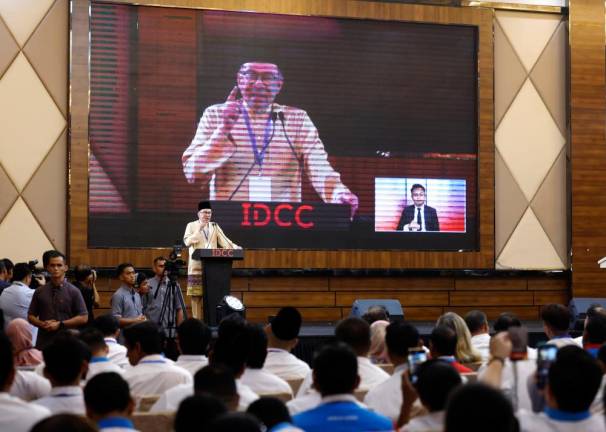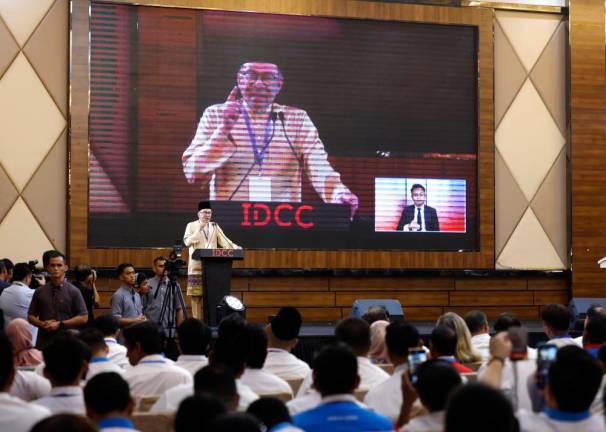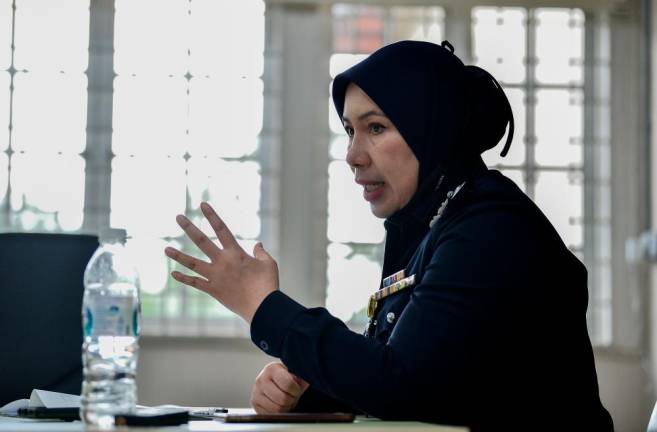THE World Health Organisation declared Covid-19 a global public health emergency of international concern on Jan 30, 2020 as well as a pandemic on March 11 the same year.
On the Jan 25, 2020, the first case of Covid-19 was detected in Malaysia, which was traced back to three Chinese nationals who previously had close contact with an infected person in Singapore.
The nation was shocked by the notable Tablighi Jamaat religious gathering in Kuala Lumpur, which caused a massive spike in local and imported cases in neighbouring countries.
By the end of March 2020, the total number of cases had risen from 30 to a staggering 2,000 active cases across every state in the country.
In reaction to the outbreak of Covid-19, the government imposed a nationwide lockdown known as the movement control order (MCO) on March 18, 2020.
The MCO not only restricted movement but enforced the closure of all non-essential premises, including colleges and universities, whether public or private.
As per the orders given by the federal government and the Higher Education Ministry, higher education institutions switched to online distance learning modes, rescheduled ongoing exams and assisted their students online regularly until further notice.
Like many other aspects of daily life, Covid-19 has had a serious impact on students, instructors, and educational organisations in Malaysia.
Many higher education institutions mindlessly rushed to shut down their campuses so that students could follow social distancing measures, and almost immediately switched to online modes of delivery.
That being said, moving smoothly from an environment of conventional education to distance and virtual learning cannot happen overnight.
This rapid transformation is linked to various obstacles and challenges at this point. The fact is, nobody knows when this pandemic will disappear completely.
Therefore, for the short-term and immediate resolution, many higher education institutions decided to use the already available technical resources to create online learning materials for students in all academic fields.
Consequently, online learning provided by hundreds of higher education institutions in Malaysia faces two major challenges.
First, from a macro perspective, very little is established regarding the effects and efficacy of online education.
Second, the capacity to successfully teach digitally is likely to differ based on the wide range of learning goals that guide our instructional and educational priorities.
Online learning can be effective in digitally advanced countries. However, what is our status?
Statistics showed that as of March, Malaysia’s average internet speed for fixed broadband was 98.46Mbit/s (megabits per second) ranking the country at 45, and the average mobile connection speed was 25.44Mbit/s ranking it at 85.
In reality, these figures only show the tip of the iceberg. It may be true in big cities such as Kuala Lumpur, Shah Alam, Petaling Jaya, Johor Baru, etc.
However, there are large areas in Malaysia – especially in rural and isolated villages – where internet and other ICT facilities are slow, unstable and worse still, unavailable.
It has been reported that about 52% of students in Sabah do not have access to the internet due to lack of infrastructures.
Recall the news about a Sabahan university student that had to climb a tall tree just to get a better internet reception?
Inadequate online learning infrastructure and limited accessibility to the internet make the online learning process that much harder for students.
Besides limited accessibility to the internet, the lack of proper interaction with instructors is another major concern associated with the effectiveness of online learning.
Additionally, concerns regarding any content in online courses are usually discussed with the relevant course instructor whether synchronously or asynchronously, which requires response time.
Virtual classes cannot be of interest to students who are kinesthetic-tactile learners.
Conventional classroom socialisation is another major part missing in online learning.
Students can only communicate with their fellow classmates digitally without seeing them in person.
Thus, the real-time sharing of ideas, knowledge and information is partially missing from the online learning method, which has affected the quality of their studies significantly.
Eventually, these issues may lead to disparity and massive dropouts among students from higher education institutions.
A year of the Covid-19 pandemic has passed by, but there is still no recovery in sight.
On the contrary, the situation is worsening with the rapid increase in the number of new cases.
Although pedagogically, online learning is not as effective as the conventional face-to-face learning, it is however, arguably the best solution or perhaps the only mode of delivery for the education industry and it has proven helpful in safeguarding the students’ and faculty’s health amid the pandemic.
Therefore, in order to ensure the effectiveness of online learning in Malaysia, we now have to cope with the current situation.
Improvement is highly recommended, which means that higher education institutions have to review their current programmes and repackage the content to meet the current requirement, set clear goals and expected outcomes of the programme, set learning methods and activities, arrange an effective system and learning materials for every activity, select appropriate assessment models, identify skills and other requirements for access, set requirements related to resources and infrastructure, and provide digital literacy training to their current faculty and students to ensure that better learning outcomes can be achieved.
Dr Chung Jee Fenn is an associate professor and currently the Dean of the Faculty of Business cum Director of Teaching and Learning at Berjaya University College Malaysia. Comments: letters@thesundaily.com













